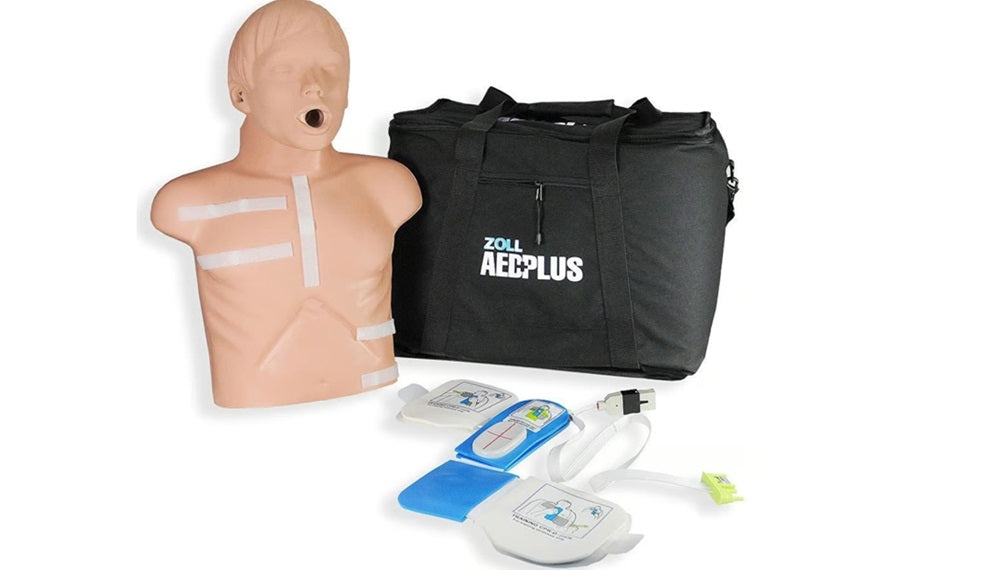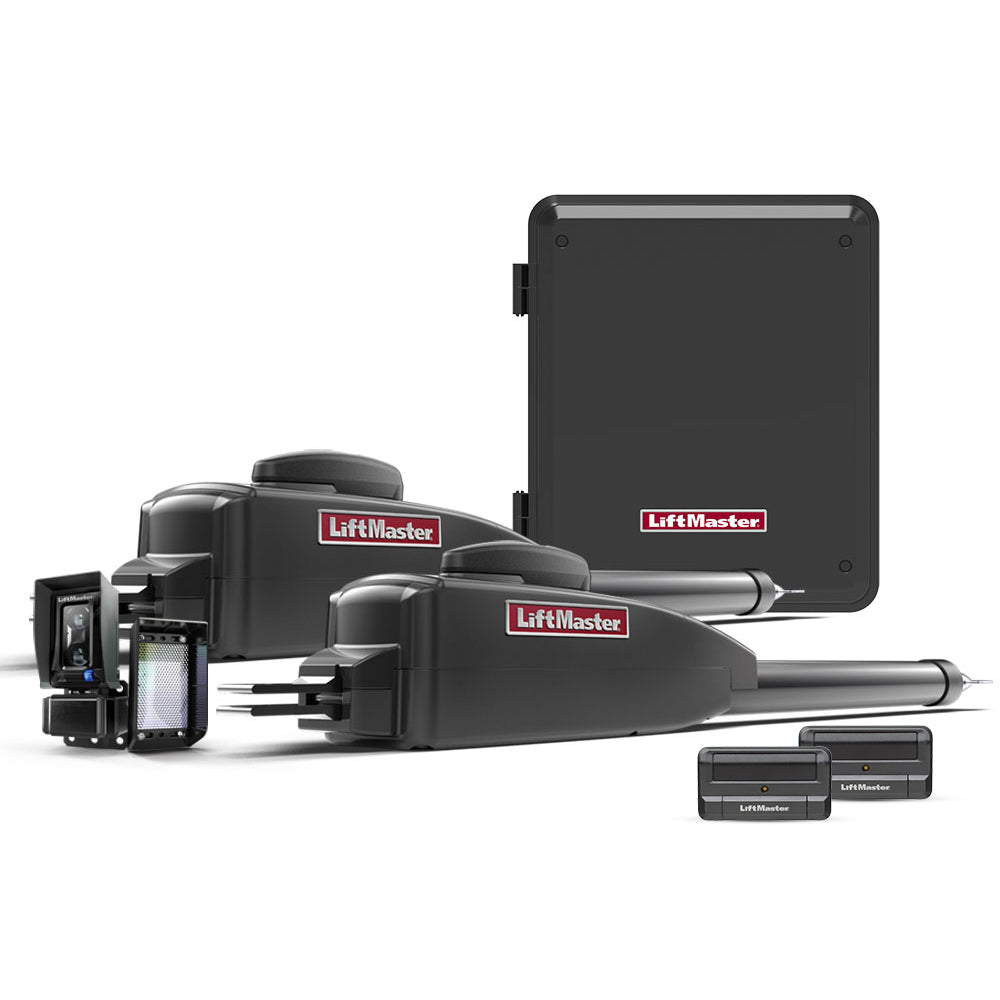An automated external defibrillator (AED) helps save people suffering from cardiac arrest. One should know proper AED placement to ensure that prompt and correct intervention is done during a cardiac emergency.
According to the American Heart Association, 605,000 new heart attacks and 200,000 recurrent attacks happen in the United States annually. With these massive numbers, we should be equipped with things we need to save lives, such as the AED device.
All Security Equipment offers you reliable devices from the world’s famous AED brands like Zoll and Defibtech.
What Is AED and Its Importance?
The AED medical device analyzes the heart rhythm of cardiac arrest victims. It can deliver electric shocks or defibrillation when needed so that the heart can return to its normal rhythm.
The main advantage of an AED is its convenient use. If an AED machine is available, you no longer have to wait for 911 help and waste precious time. Since prompt treatment can be given when needed, this machine boosts the person’s chance of survival.
It is also helpful in people with ventricular fibrillation (VF). This condition interferes with the heart’s electrical activity and causes it to stop beating, which can be life-threatening. AEDs help restore the heart’s normal rhythm at the soonest possible time.
AEDs are easy to install in the workplace, at home, or anywhere else. In fact, you might even see AED wall cabinets in malls, airports, and other public places. Places with AEDs installed are ready to save lives anytime a sudden cardiac arrest occurs. Even passersby can use them easily.
AED Electrode Pads
Before learning proper AED placement, you should familiarize yourself first with AED electrode pads. These pads are the ones placed onto the person’s chest and connected to the device. The pads read and analyze the heart and provide necessary defibrillation when needed.
There are adult pads and pediatric pads. The right sizes deliver better and more efficient shocks to those who need them. Proper AED pad placement is also crucial. The strategic placement of these electrodes provides the most direct and unobstructed current.
However, incorrect placement and other obstructions may result in resistance in the current flow which hamper the efficiency of the automated external defibrillator.
AED Placement: Proper AED Pad Placement for Saving Lives
Knowing how to use an AED is critical in saving lives. You don’t even need a BLS certification to operate one because AED training can be done on-site.
There are AED prompts that instruct you on what to do and show you the proper pad placement for delivering effective shocks and defibrillation.
Proper Placement With Adult Pads
While AED placement may vary from one manufacturer to another, the American Heart Association (AHA) has two basic positions for adult cardiac arrest victims.
- Anterior-Lateral. One pad is placed on the person’s upper right torso, just above the right nipple and below the collarbone. The other pad is positioned on the left and more to the side of the chest, just below the pectoral muscle for males and under the breast for females.
- Anterior-Posterior. Another option for those experiencing sudden cardiac arrest is the front-back AED placement. The front pad is placed between the midline of the chest and the nipple, while the back pad is positioned to the left of the spine, below the scapula at the heart level.
AED Placement for Pregnant Women
The pads on pregnant women suffering from cardiac arrest are positioned in the same way as it is in adults.
Proper AED Placement for a Pacemaker
People with pacemakers can still experience cardiac arrest, and defibrillation may still be needed. You’ll know when a person has a pacemaker if you see a small bulge on the abdomen or upper chest.
For the AED placement, place the electrodes four fingers away from the bulging area and deliver the shock as needed.
Proper Placement With Child Pads
The AED placement for children is often the same as for adults. However, since kids require less shock than adults do, using child pads or pediatric AED pads is recommended for those under 8 years of age.
The electrodes should never overlap or touch each other during the defibrillation process. Thus, the best location for the pads should be the anterior-posterior (front-back) placement.
Things to Know
The AED package includes instructions on how to use it. Most AEDs, including the ZOLL AED, have visual guides on how to properly position the pads on the victim’s body.
AED accessories also come with it to ensure that you get everything you need during emergencies.
Before using an AED, these things are crucial to know and do:
- Remove the patient from any metal surfaces, wet grounds, or away from any flammable gases and oxygen sources.
- Wipe the patient dry before applying the AED pads. Most kits contain a small towel for you to do this. Sweat, water, and any signs of moisture make for a good electricity conductor, which can put the rescuer’s life at risk.
- You can shave a hairy chest to position the pad properly. A razor is typically included in the AED package as well.
- If the cardiac arrest victim has a medicated patch, remove the patch from the chest and rid the area of any residue before placing the AED pads.
- Metallic jewelry should be moved away from the chest. This is especially true for chains and necklaces, which may interfere with the pad’s position and cause sparks and burns during defibrillation.
Saving a life is not easy, but it is doable even for those without medical training. Automated external defibrillators enhance the survival of people suffering from cardiac arrest. So, get a reliable AED device and install it in your home or place of business.
All Security Equipment offers AEDs from various brands such as Zoll and Defibtech. These are trustworthy brands with complete AED packages and AED accessories.
Contact our customer service team to find the right kit for your needs.












